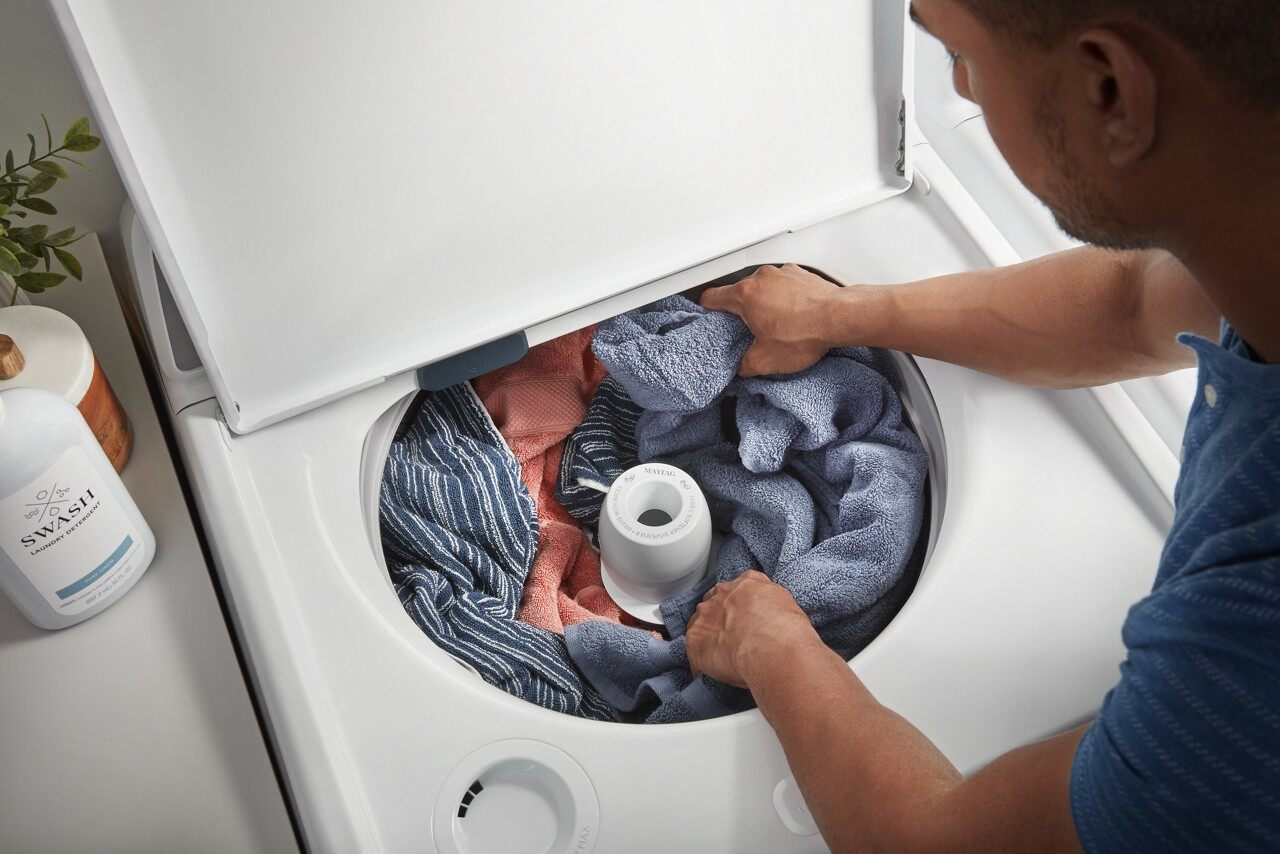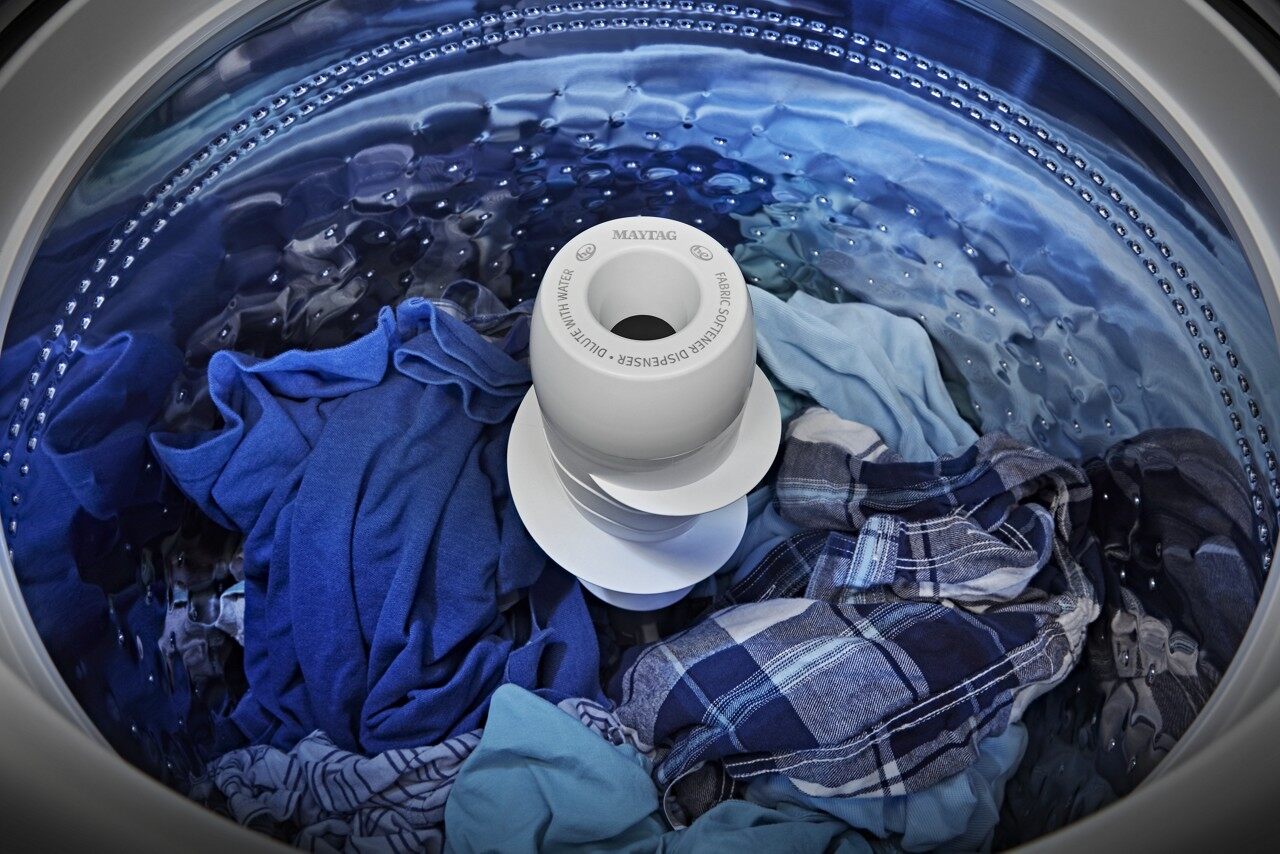How a washing machine cleans your clothes varies per cycle and setting. The basic idea, however, is that the drum fills with water, a wash cycle commences and then completes, the drum drains and then a spin cycle starts. The final steps include the drum refilling to clean the load with clean water before draining one more time and then spinning the load to get them dry enough for the dryer.
You don’t want to open the lid to find your clothes floating in water that should have been drained.
If your washer won’t drain, try these steps to assess the situation and some troubleshooting tips you can try before deciding if you need to reach out for professional help.
Common Causes of a Washing Machine Not Draining
Here are some of the common causes behind a washing machine not draining. These are a good place to start to determine the source of the problem.
Is there a Kink in the Drain Hose?
Even a small kink in the drain hose could prevent water in the drum from draining.
A common fix is find the hose behind the washing machine and adjust it, even slightly, to initiate better flow.
Is the Drain Hose or Pump Clogged?
A small piece of clothing—even just a sock—can get stuck inside the drain and clog the hose or pump.
Try these steps to perform a common fix of this problem:
- Remove the front panel of the washer
- Inspect for any kind of obstruction
- If you find something, take it out and check if the washer will now drain.
Remember, water in the washer will pour out if you remove the hose. Scoop out as much water as you can before you disconnect the hose. It’s time-consuming but will help you avoid a wet mess.
Issue with the Lid Switch Assembly on Top-Loading Washer
Most top-loading washers can only drain water and then perform a spin cycle if the lid is fully closed. A malfunctioning lid switch assembly may be the culprit behind a washing machine not draining.
A common test is to press the lid switch to see if the washer responds. If the drum starts draining, you may only have to extend the stem on the lid so that the switch presses to completion.
If nothing happens when you press the switch, then it might be defective and, in this case, you should consider replacing it.
A Master Reset Might be in Order
Follow these steps to perform a master reset:
- Unplug your washing machine for one minute
- Plug it back in
- Open and close the door six times in 12 seconds. This resets the appliance’s computer.
This is a quick fix but it doesn’t work on every washer.
Something Stuck in the Coin Trap
Some washing machines are built with a coin trap. This is meant to catch foreign objects, preventing them from entering the drain.
If your washing machine has a coin trap with an easy-to-reach panel, one common fix is to try cleaning it out and then testing if the drum will drain.
Defective Water Level Control
A washer that won’t drain may have a defective water level control.
To see if this is the problem, open the washer’s control panel and search for a plastic tube that’s connected to the water level valve. If you find it clogged, you can try clearing it with vinegar. However, if you spot a corroded valve, you may have to replace it.

Some Other Potential Causes Behind Washing Machine Not Draining
If the tips mentioned above haven’t worked, you can see if any of these issues are preventing your washing machine from draining:
- Drain hose is more than 96” above the floor
- Low outlet voltage
- You selected a delicate or handwash cycle
- You selected one of these options: Extra Low, Low or No Spin
- You‘re washing a bulky item
- Excessive suds
Still Need Help?
If you require some assistance, you can turn to Appliance Pros+ to Schedule a Repair.





